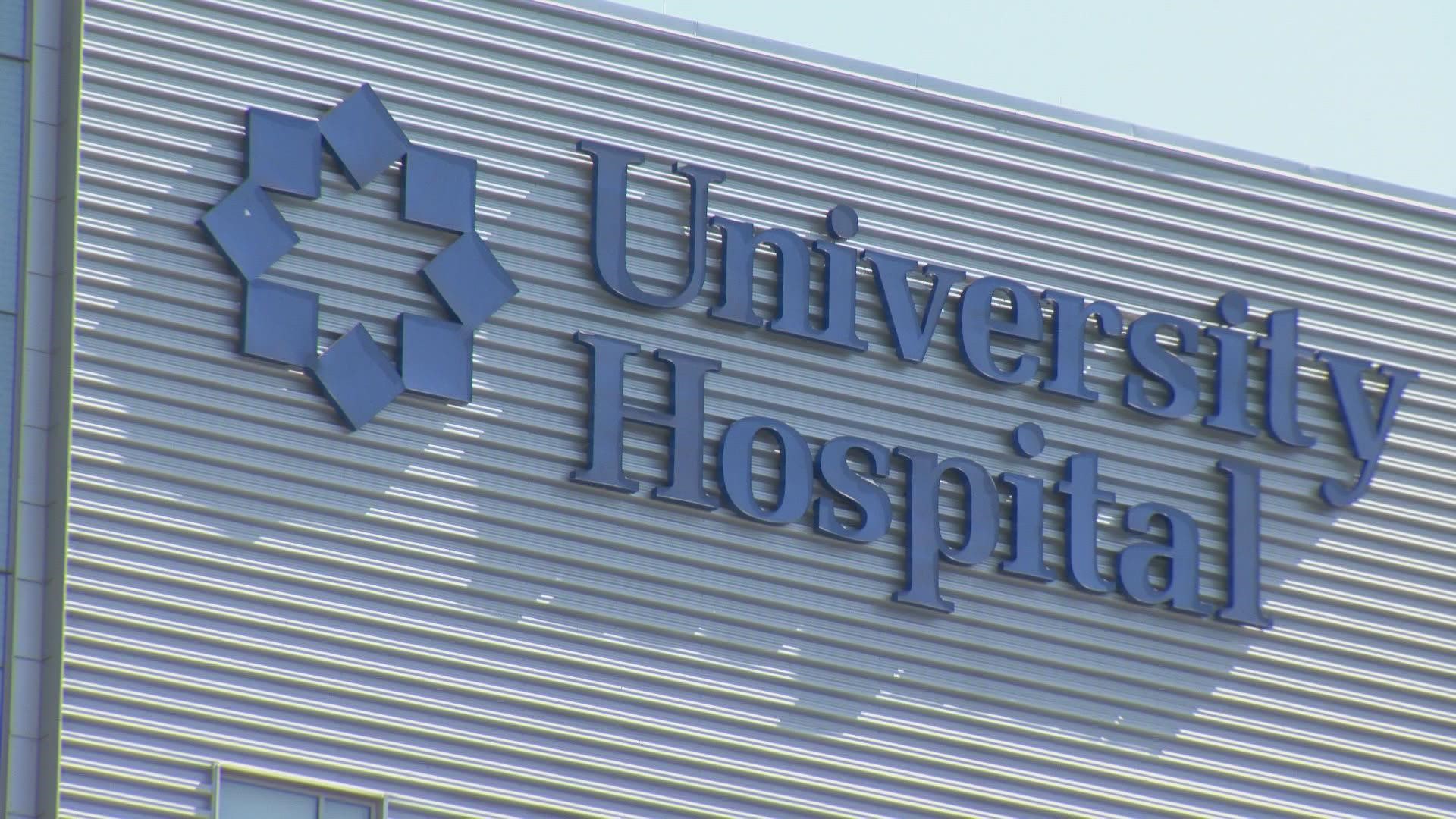SAN ANTONIO — First responders adopted medical strategies learned in the aftermath of the Sutherland Springs mass shooting to help save victims at Robb Elementary in Uvalde, San Antonio officials say.
A number of children remain hospitalized Wednesday night. University Health doctors are treating a 66-year-old woman, two 10-year-old girls and a 9-year-old girl.
Officials at University Hospital say they expect each patient to survive.
"Unfortunately, we learned from Sutherland Springs," lamented Dr. Lillian Liao, University Health's pediatric trauma medical director.
"The reason why we feel like we have survivors from this incident is related to what we learned from Sutherland Springs," she continued.
In November of 2017, a gunman killed 26 people and wounded almost two dozen more at the First Baptist Church in Sutherland Springs. Some victims died before they reached major trauma centers in San Antonio.
After the tragedy, community leaders reviewed how they could better respond to future crises.
"We said... 'How can we save the lives of people who didn't make it to the hospital?'" Liao recalled.
Officials made three recommendations: bolster firearm injury prevention and education, improve bleeding control training and utilize whole blood for transfusions in transit to the hospital.
Eventually, lawmakers crafted a bill that mandates yearly bleeding control training for some school staff. First responders handle course instruction.
Liao said each patient arrived Tuesday at University Hospital wearing a properly applied bandage or tourniquet.
Perhaps most crucial, San Antonio is now one of a few cities in the world using whole blood for mass transfusions in transit. Area emergency helicopters are equipped with cold-storage, which allows medics to transport the blood to rural communities.
Almost as soon as the need in Uvalde became obvious, officials in San Antonio shared their supply.
"Children with large, destructive wounds on their body will bleed to death in as little as five minutes," Liao said. "To be able to have that blood to replace immediately before they get to a trauma center is important."
San Antonio Fire Department Chief Charles Hood said it's unfortunate that first responders didn't have access to whole blood during the Sutherland Springs crisis.
"That probably would've saved some lives," he said.

